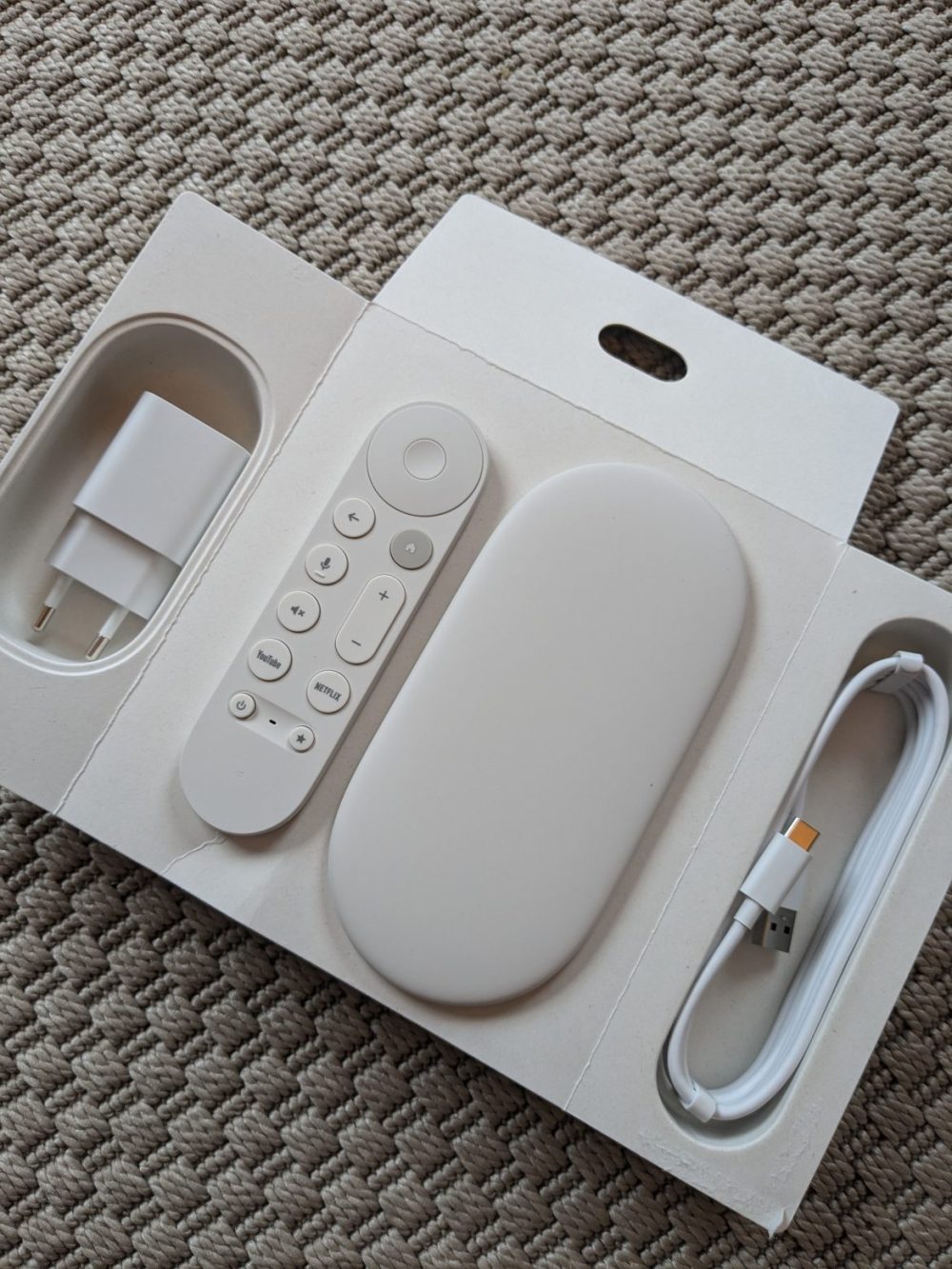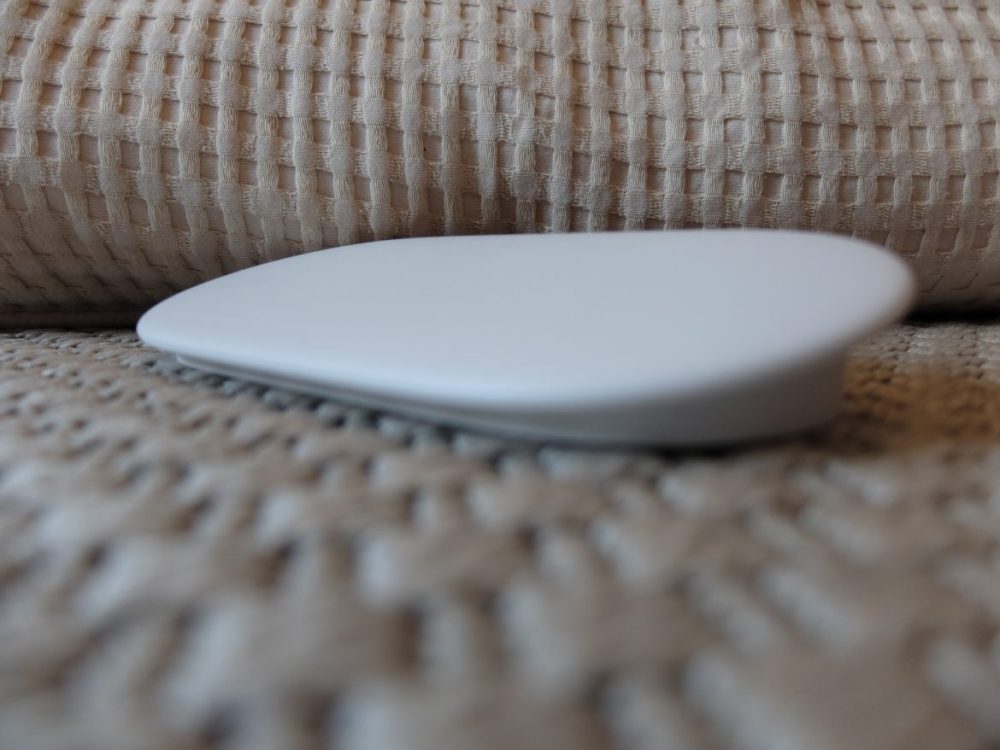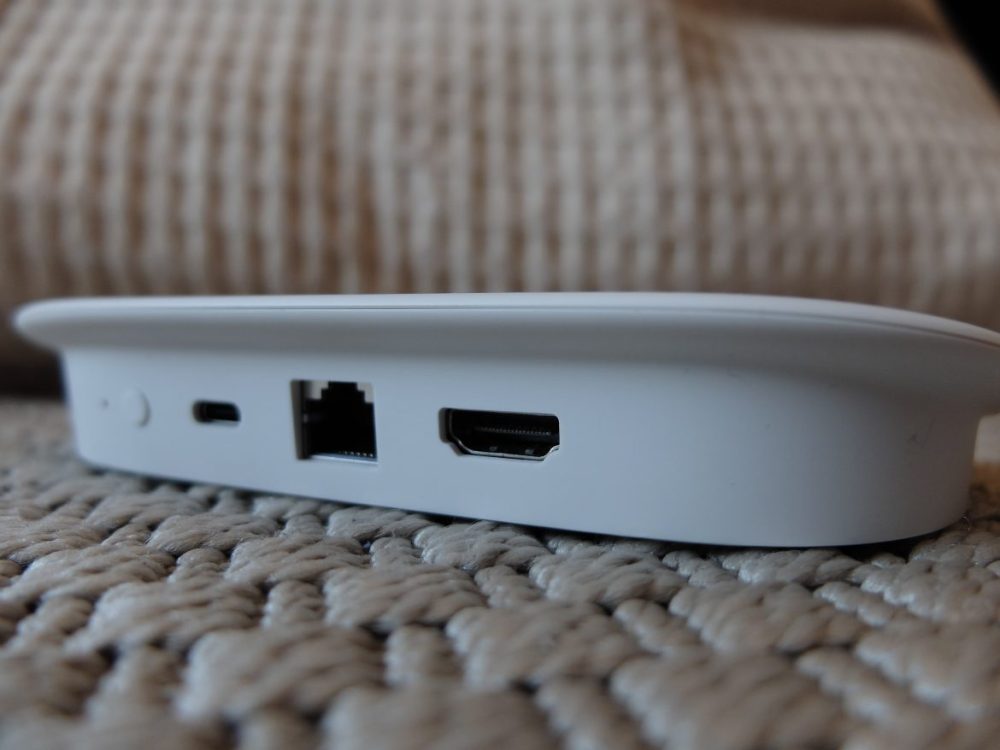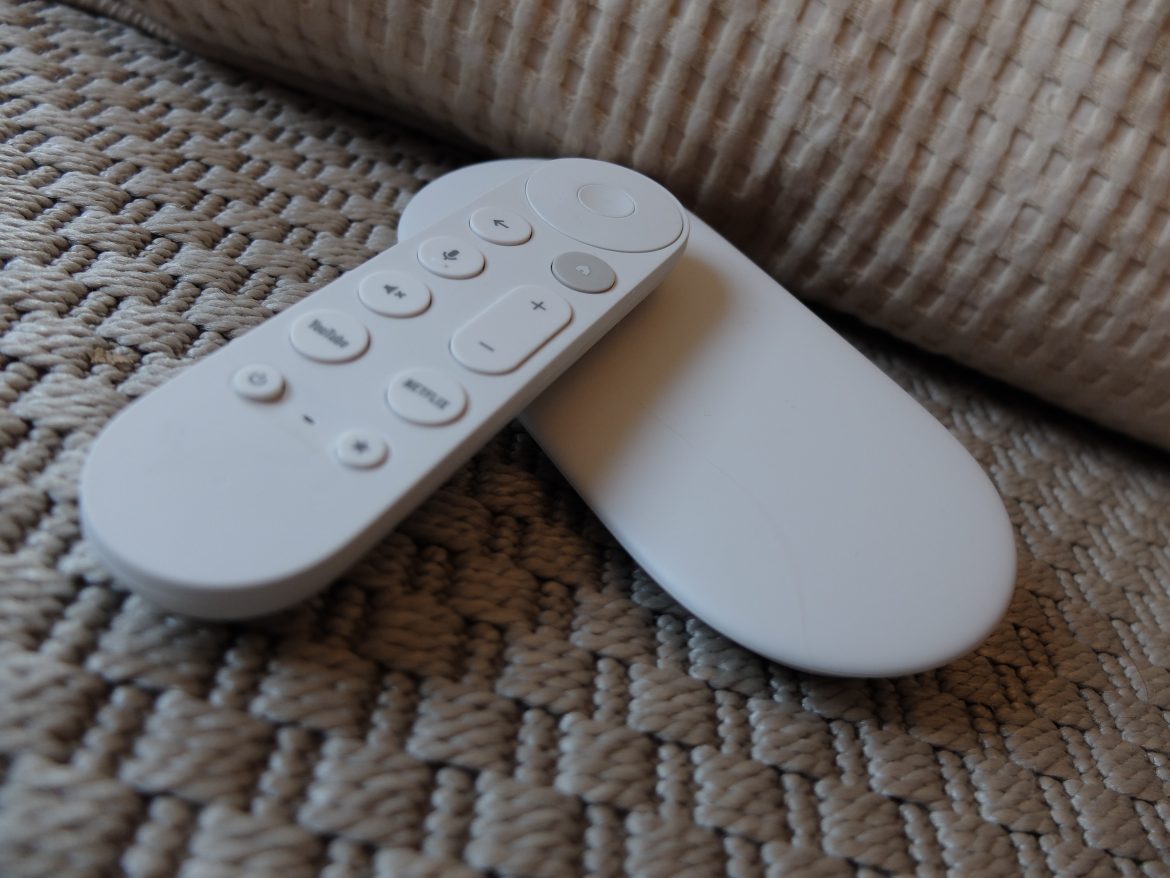TL;DR
Google's Chromecast is gone, but its successor, the Google TV Streamer, is here to compete with the big players. This redesigned streaming box offers a sleek look, improved connectivity with HDMI 2.1 and Ethernet, and a more refined user experience thanks to AI summaries and faster performance. While it still has some minor limitations like a single data port and no included HDMI cable, it's a significant upgrade over its predecessor. Ready to see if it's the smart TV upgrade you've been waiting for? Dive into the full review!
The Chromecast is discontinued, but its spirit lives on! Google’s innovative Chromecast has, like numerous Google projects, reached its end-of-life. Now, Google introduces a new product aimed at competing with established players like Apple TV and the Nvidia Shield. Today, we’re reviewing the Google TV Streamer.
What is the Google TV Streamer?
The Google TV Streamer is a streaming media box that transforms standard TVs into smart TVs, centralizing access to various streaming services. This concept will be familiar to users of Apple TV.

The previous model, Google Chromecast with Google TV (a somewhat unwieldy product name), represented an initial step away from the Chromecast’s original functionality and towards the dedicated streaming device market. While it included a remote control for the first time, it remained a dongle designed to be plugged in behind the TV.

Design
The Google TV Streamer, conversely, is designed to be displayed prominently on a TV stand. Its design aligns with Google’s established aesthetic. The box features an oval shape, mirroring the design found in the Pixel phones’ camera module, and has a flat profile. It is approximately the size of a modern smartphone and, with its white finish, integrates seamlessly into most living room environments.

The Google TV Streamer features an expanded selection of ports compared to its predecessor. It now includes HDMI (2.1), Ethernet, and USB-C. This is a notable upgrade from the previous model, which only offered USB-C for both data and power, necessitating the use of a USB hub for connecting external storage or Ethernet. Unfortunately, the Google TV Streamer still features only a single combined data and power connection, which feels somewhat limiting. Another omission is the lack of an included HDMI cable, which we discovered during a late-night unboxing session. To begin testing promptly, we temporarily repurposed the HDMI cable from our Nintendo Switch. A welcome addition on the back panel is a button to locate a misplaced remote control – a feature that has proven useful during our weeks of testing.

The remote control has also been redesigned. While the changes are not radical, Google has incorporated several worthwhile improvements. The remote is slightly larger, though barely noticeable. The layout of existing buttons has been revised, and a new customizable button has been added. Compared to its predecessor, the new remote has a more slippery texture, potentially making it harder to grip. It remains uncertain whether this is due to changes in the plastic composition or the accumulated wear on our older remote.

User experience
For users familiar with Google Chromecast with Google TV, the user experience will be largely consistent. New users can expect an operating system that consolidates streaming services, providing a centralized view of previously watched content, desired content, and personalized recommendations. Navigation is facilitated via the remote control, allowing seamless transitions between different services. A new feature this year is the integration of AI, which generates summaries of series and films, along with aggregated reviewer opinions. While functional, these summaries tend to be generic.
After several weeks of daily use, we’ve found the Google TV Streamer to be a significant improvement over its predecessor. Performance is notably faster, crashes are eliminated, and app switching is considerably quicker. It provides a renewed experience. While the previous model wasn’t particularly slow, its performance degraded over time.
Conclusion
The Google TV Streamer is a more refined product compared to its predecessor, which straddled the line between dongle and streaming box. It is now unequivocally a dedicated streaming device, one that can be recommended without reservation. Is it perfect? Not entirely. Ideal improvements would include additional connectivity options, Wifi 7 support, and a more robust processor for future-proofing and casual gaming. Is it superior to its predecessor? Absolutely. However, existing users satisfied with the previous model may not find an immediate need to upgrade.
Google provided review units for this evaluation. The provision of review samples does not influence our editorial independence. Our reviews are conducted independently, with a focus on providing unbiased information to our readers and consumers.

